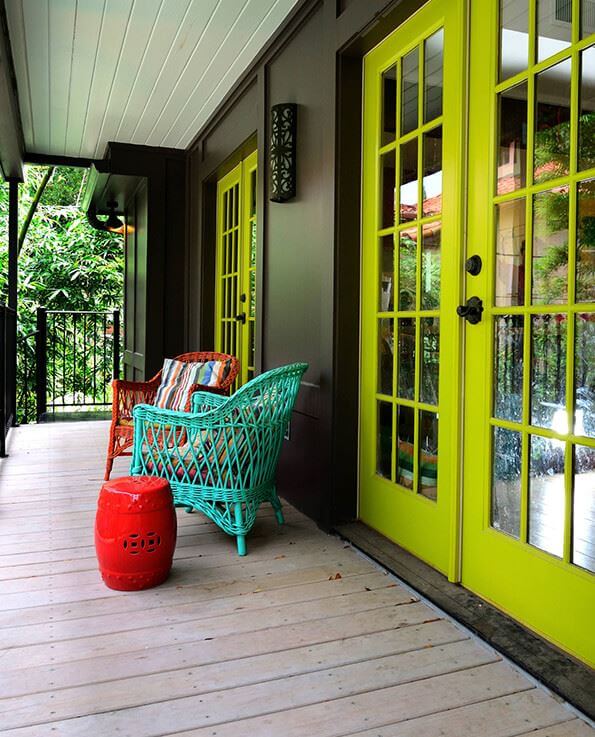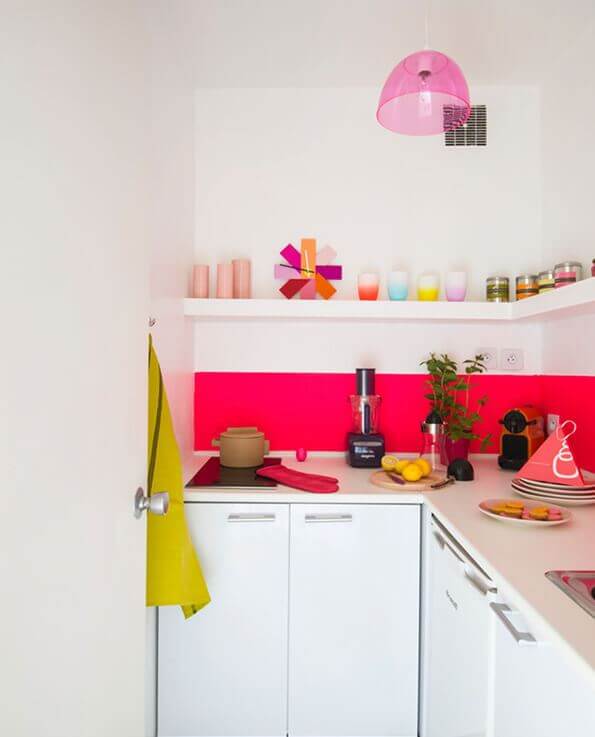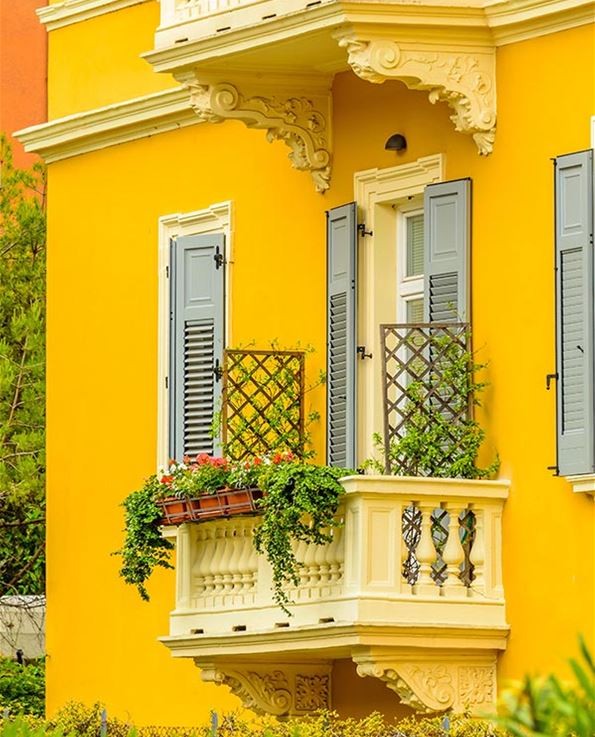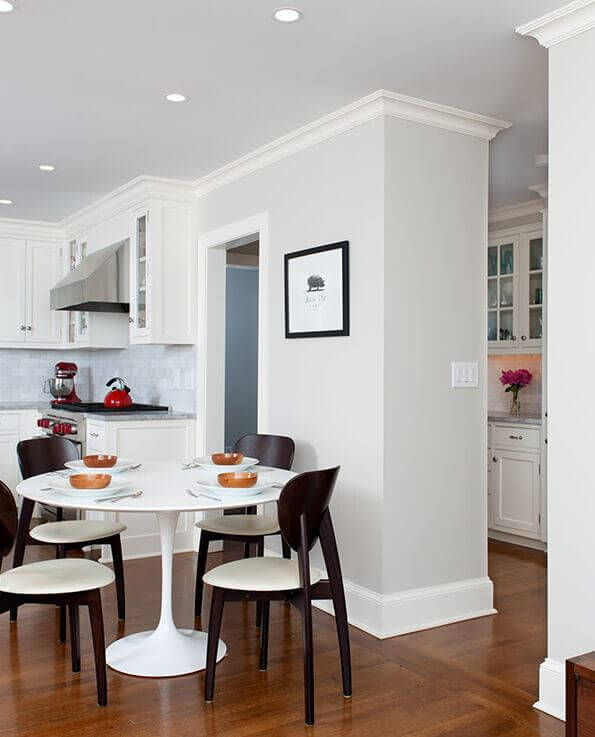
For anyone thinking about their next renovation project or room refresh, the color palette, fixtures and fittings are often top of their mind. However, before organizing the finishing touches, the basics need careful attention. This includes making the choice between water- and oil-based paints. It’s crucial for renovators to get this right.
There are five ways the chosen type of paint has a significant impact on an interior or exterior decorating project:
- The overall finish, texture and look of the painted surface
- How well the paint adheres to the surface underneath
- How easy the paint is to use and apply
- Its longevity (i.e., how long before it will need to be repainted)
- The total cost of all decorative paint
In this article, the difference between water-based paint and oil-based paint is fully explained so that you can make the best choice for your interior or exterior update.
Water-based vs. oil-based paint finishes: What’s the difference?
The key difference in the makeup of these two paint types is the liquid solvent used in the paint mix. This solvent evaporates as the paint dries to leave a dry coat of paint. Water-based paints use water as the main ingredient for the solvent, whereas oil-based paints usually use a mineral turpentine.
Their different chemical properties mean they have very different characteristics of finish that will make a major difference to the new look of your room or exterior, both short- and long-term. Here’s how.
Sheen
Decorative paint finishes are where the oil-based and water-based can really differ. For a glossy, polished, high-sheen look, oil-based paints are the choice of many. Renovators often opt for oil-based paints to make a piece of furniture stand out. Glossy front doors are a great example of how oil-based paints can really shine, although there are water-based paints that can offer high sheen, too.
Water-based paints are often lower sheen, and so are better suited to places where you want a softer, calmer look. These paints also allow the natural beauty of the item beneath to shine through, so these are perfect for delicate embossed wall coverings and other similar decorative features. High-quality water-based paints can offer a silky, pearlescent, or satin-like appearance as well as an antique-style chalk finish.
Durability of finish
Oil-based paints dry harder and thus provide excellent durability against everyday wear and tear. They are also easy to wipe clean. This makes them suited to areas that will get knocked, like kickboards. However, oil-based paints don’t have great elasticity, so after a few years, they may begin to crack. If exposed to harsh weather conditions, the paint is likely to contract and expand which, over time, will mean it peels or cracks.
Modern water-based paints can now offer excellent durability. You may see specialist paints for kitchen and bathrooms that are mold-resistant and easily wipe clean for other high-traffic areas in the home. Water-based paints are also excellent exterior paints. This paint type has more flexibility, so it is less likely to split and crack.
Durability of color
Water-based paints are known to provide better durability of color than oil-based paints because they cope much better with UV rays. Sunshine breaks down oil-based paints to cause a chalky-looking finish. White oil-based paints also yellow over time.
All in all, you need to give careful consideration to the durability and finish of the paint you need for your project. The other key difference between oil and water-based paints is their application.
Applying oil-based vs. water-based paints: What’s the difference?
Oil-based paints tend to be a little stickier and thicker. This means they can be more awkward to apply and the task will take you longer than if you use a water-based paint. The clean-up will take a little longer too as you’ll need turpentine or other paint thinners to clean your brushes. If you’ve used water-based paints, you can just use water for cleaning up.
The other clear difference between the applications of oil-based vs. water-based paints is their drying times. Water-based paints are usually touch-dry within an hour, and second-coat ready in less than three hours. Oil-based paints, on the other hand, take around 8 hours to be touch-dry and will need to be left overnight before you can apply a second coat.
So, which one is best for my project?
Once you’ve considered the finish you are aiming for, the cost of materials, the durability you are looking for, and the time you have, you probably know if you need to use oil- or water-based paint. But, here are some final tips just in case you need a little more help.
- Talk to experts about your project. Professional painters, decorators and stores stocking a range of high-quality paints will be more than happy to help you. Explain what you would like to paint, the kind of use the room has, and the finish you are aiming for, to get great advice on exactly the right paint range.
- Use testers to see how a paint will look in situ. This is the only way to know for sure how the paint will look in terms of texture, color and sheen.
- Remember that paint finishes needn’t be boring. Add texture to your walls or furniture with interesting finishes such as crackle glaze, wall texture paint, metallic accents, chalkboard paint, or decorative coatings.
Now that you know what paint type you need, why not explore our range of premium paints and decorative finishes online today for inspiration?



